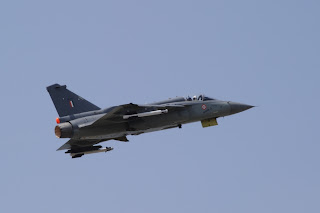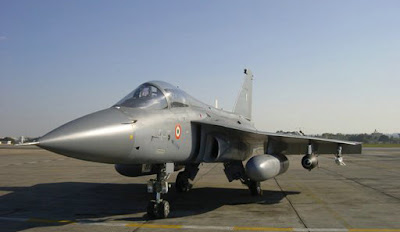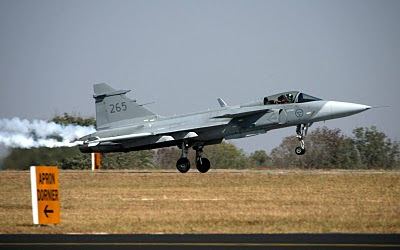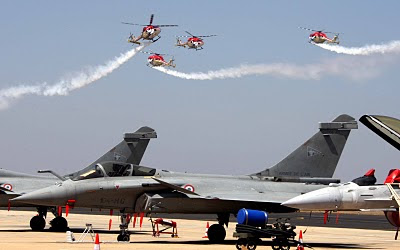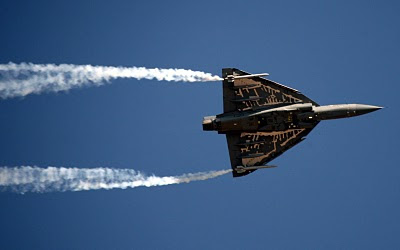
India said Thursday it aims to start making its own commercial aircraft in a bid to cash on a boom in the domestic civil aviation sector.
Officials from the National Aerospace Laboratories (NAL) told reporters the state-owned firm will present a detailed report to the government within three months seeking clearance to manufacture a 90-seater passenger aircraft.
"There is potential for short-distance, low-cost carriers as operators are looking for cost-effective and right-sized aircraft, while passengers want lower air fares," NAL director A.R. Upadhaya said.
"The proposed 90-seat civil aircraft can make this happen," he said at Aero India in Bangalore, South Asia's largest airshow, where global aviation firms are vying for a slice of India's burgeoning civil and military market.
Officials from the National Aerospace Laboratories (NAL) told reporters the state-owned firm will present a detailed report to the government within three months seeking clearance to manufacture a 90-seater passenger aircraft.
"There is potential for short-distance, low-cost carriers as operators are looking for cost-effective and right-sized aircraft, while passengers want lower air fares," NAL director A.R. Upadhaya said.
"The proposed 90-seat civil aircraft can make this happen," he said at Aero India in Bangalore, South Asia's largest airshow, where global aviation firms are vying for a slice of India's burgeoning civil and military market.
The planned aircraft would be ready for commercial operation by 2017 if cleared for production. India has in the past made a 16-seater aeroplane but it was intended for governmental rather than commercial use.
Upadhaya said various international aerospace companies were interested in becoming partners in the 50-billion-rupee ($1 billion) project, the first attempt by India to develop a civil aeroplane of that size.
Citing a government assessment, he said India would require about 1,000 aircraft by 2025 in the 90-seater segment.
Europe's Airbus expects India will need more than 1,000 aircraft over the next 20 years at a cost of $138 billion.
India's passenger numbers will expand by 15 percent annually over the next five years, making it the fastest-growing market in the world, Dinesh Keskar, president of Boeing's India subsidiary, forecast earlier in the week.
The expansion of India's middle class, spurred by the country's growing economy, has fuelled air travel.

